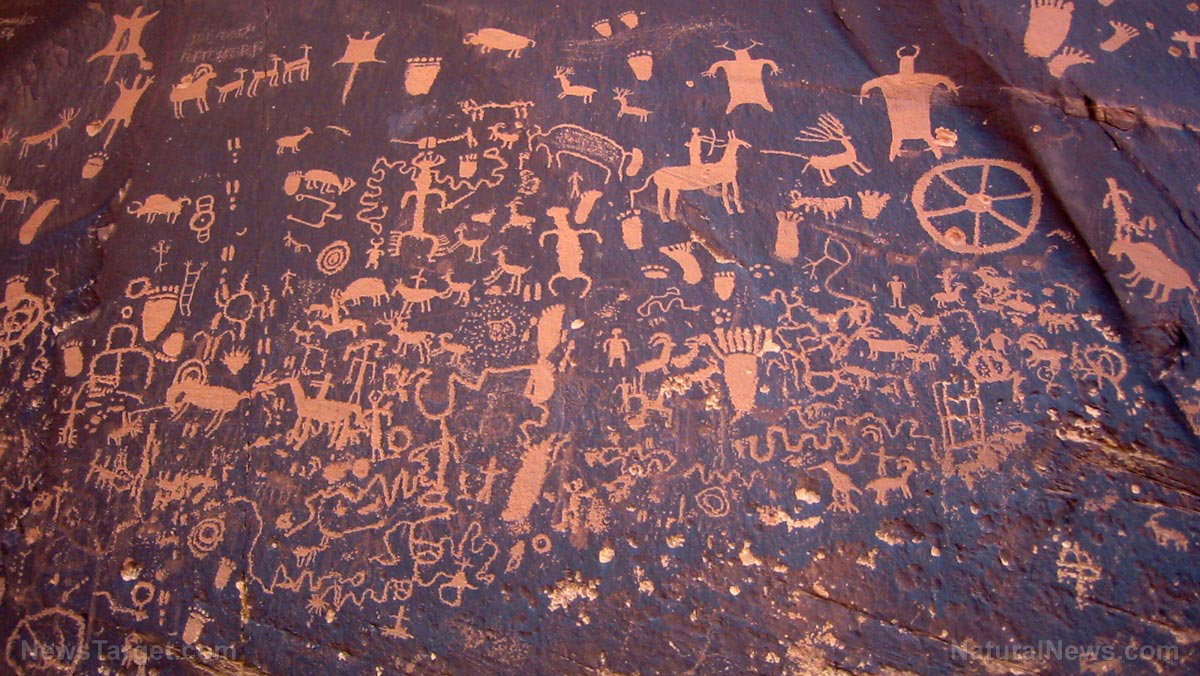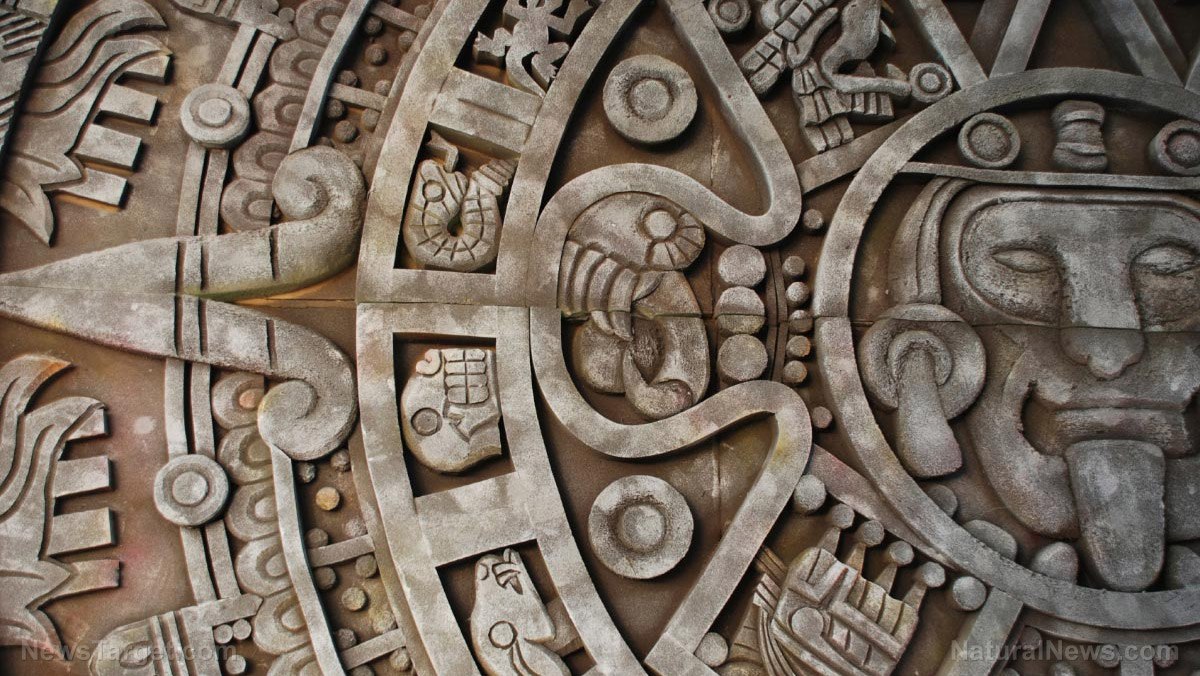Discovered artifacts suggest humans first arrived in America a MILLENNIUM earlier than researchers previously thought
09/21/2020 / By Michael Alexander

The first people in North America arrived more than a thousand years earlier than previously thought, experts have recently discovered.
Proof of this, according to archaeologists, are the stone tools and other artifacts they unearthed at the Cooper’s Ferry site in Idaho.
These artifacts are considered to be among the earliest evidence of people in North America and add weight to the theory that human migration to the continent followed a Pacific coastal route rather than through the opening of an inland ice-free corridor.
“The Cooper’s Ferry site is located along the Salmon River, which is a tributary of the larger Columbia River basin. Early peoples moving south along the Pacific coast would have encountered the Columbia River as the first place below the glaciers where they could easily walk and paddle into North America,” said Loren Davis, an anthropology professor at Oregon State University and the study’s lead author, noting that the Columbia River corridor essentially functioned as the first off-ramp of a Pacific coast migration route.
According to Davis, among the artifacts they found at the site were stone tools, fossilized charcoal, fire-cracked rock and bone fragments from medium- to large-bodied animals. Aside from those items, the research team also found evidence of a fire hearth, as well as a food processing station and pits created as part of domestic activities at the site.
The bone fragments were subjected to radiocarbon dating by a team of researchers from Oxford University.
As noted by Davis, many of the artifacts they found were between 15,000 to 16,000 years old, making them far older than the items from previous digs, most of which were in the 13,000-year range.
“When I first saw that the lower archaeological layer contained radiocarbon ages older than 14,000 years, I was stunned but skeptical and needed to see those numbers repeated over and over just to be sure they’re right. So we ran more radiocarbon dates, and the lower layer consistently dated between 14,000-16,000 years old,” Davis stated.
Their findings, which focus on the artifacts gathered from Area A of the site, and were published in the academic journal Science, challenge the long-held “Clovis First” theory of early migration, which suggested that people crossed from Siberia into North America and traveled down through an opening in the ice sheet near the present-day Dakotas.
This ice-free corridor is hypothesized to have opened as early as 14,800 years ago, which is well after the date of the oldest artifacts found at Cooper’s Ferry. (Related: Fresh finds from a cave in Mexico suggest humans populated North America earlier than currently known, rewriting the prehistoric first settlers.)
“Now we have good evidence that people were in Idaho before that corridor opened,” he said.
Davis, in a statement, also noted that the oldest artifacts uncovered at Cooper’s Ferry are very similar in form to older artifacts found in Japan, as well as other sites in northeastern Asia.
This, Davis said, has pushed him to collaborate with Japanese researchers in order to conduct further comparisons of the artifacts from Japan, Russia and Cooper’s Ferry.
“We have 10 years’ worth of excavated artifacts and samples to analyze,” Davis said. “We anticipate we’ll make other exciting discoveries as we continue to study the artifacts and samples from our excavations.”
According to Davis, he and the rest of the team are still waiting for the carbon-dating information on the artifacts they gathered from a second location at the Cooper’s Ferry site.
For more stories about discoveries and other scientific advances and archaeological finds, visit Artifacts.news.
Sources include:
Submit a correction >>
Tagged Under:
America prehistory, ancient history, Archaeology, artifacts, breakthrough, civilization, Clovis, columbia river, cooper's ferry, discoveries, early human life, early migration, environment, First people, ice age, North America settlement, pacific route, prehistoric times, shocking news
This article may contain statements that reflect the opinion of the author
RECENT NEWS & ARTICLES
COPYRIGHT © 2017 DISCOVERIES NEWS





















